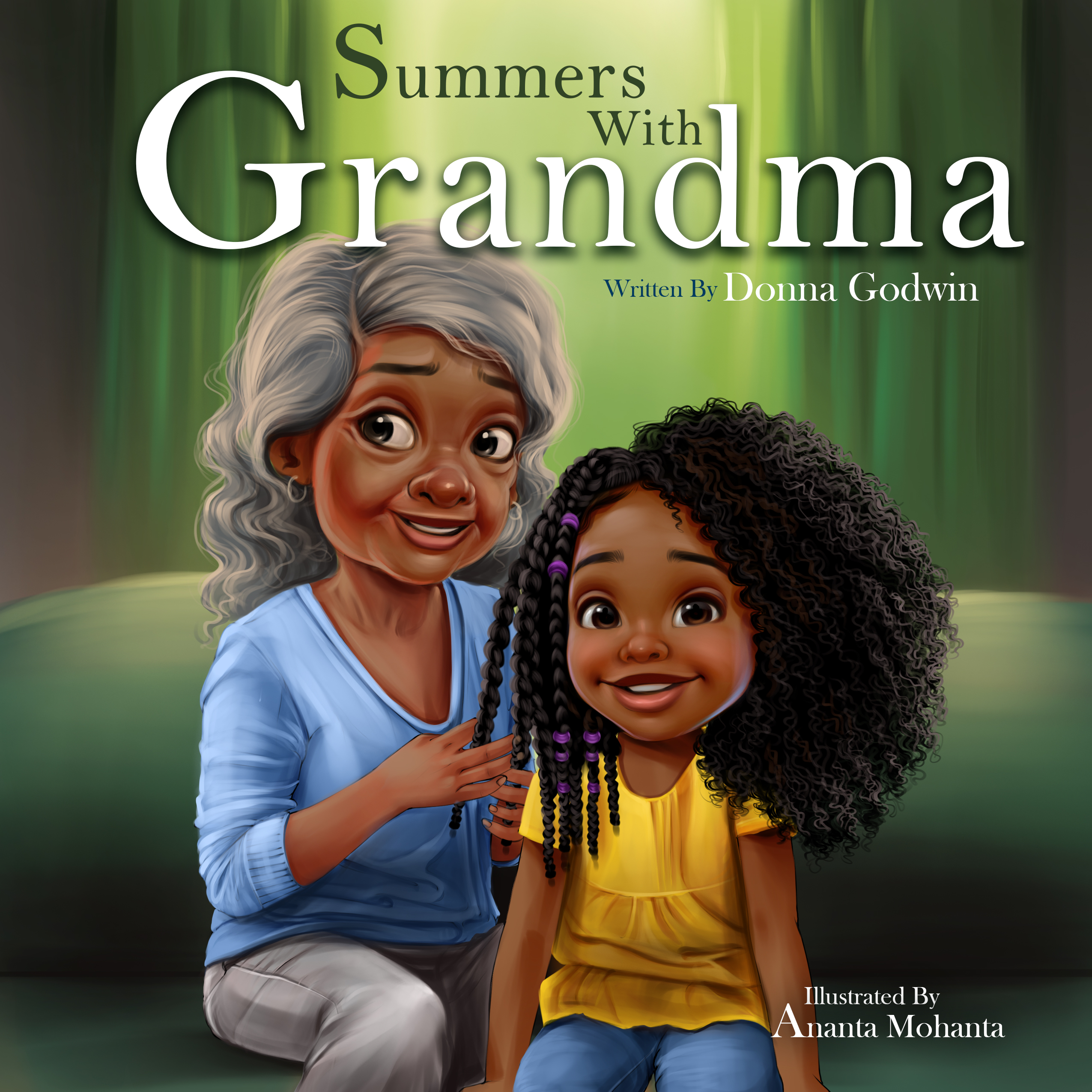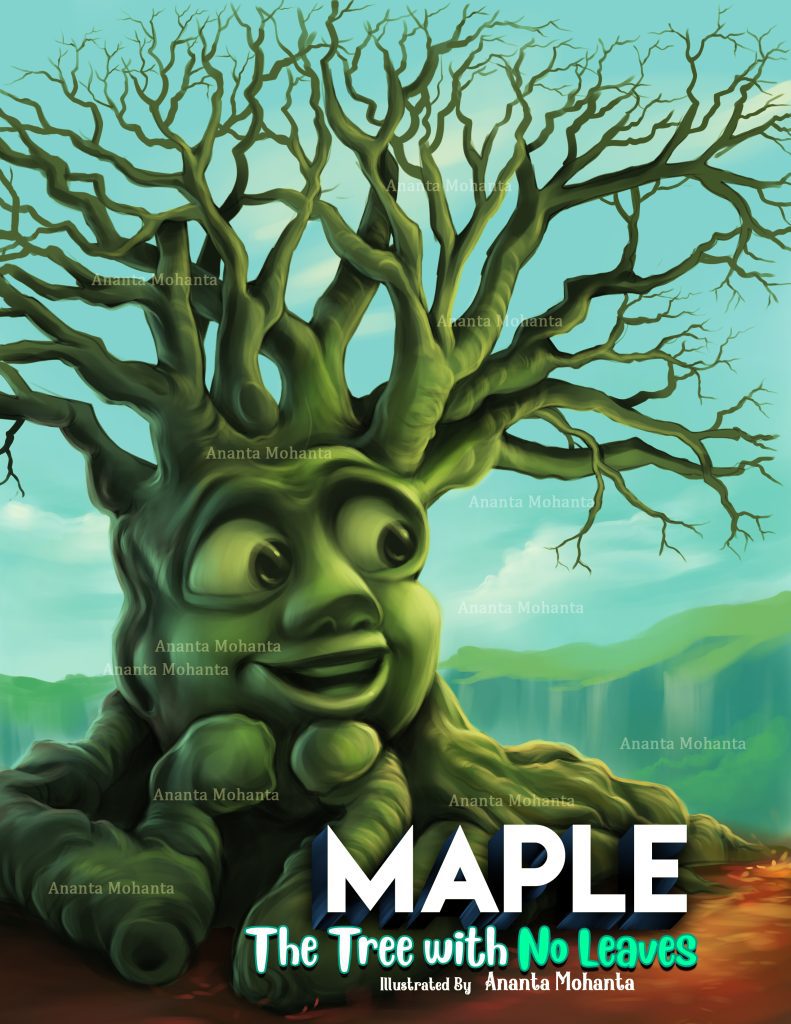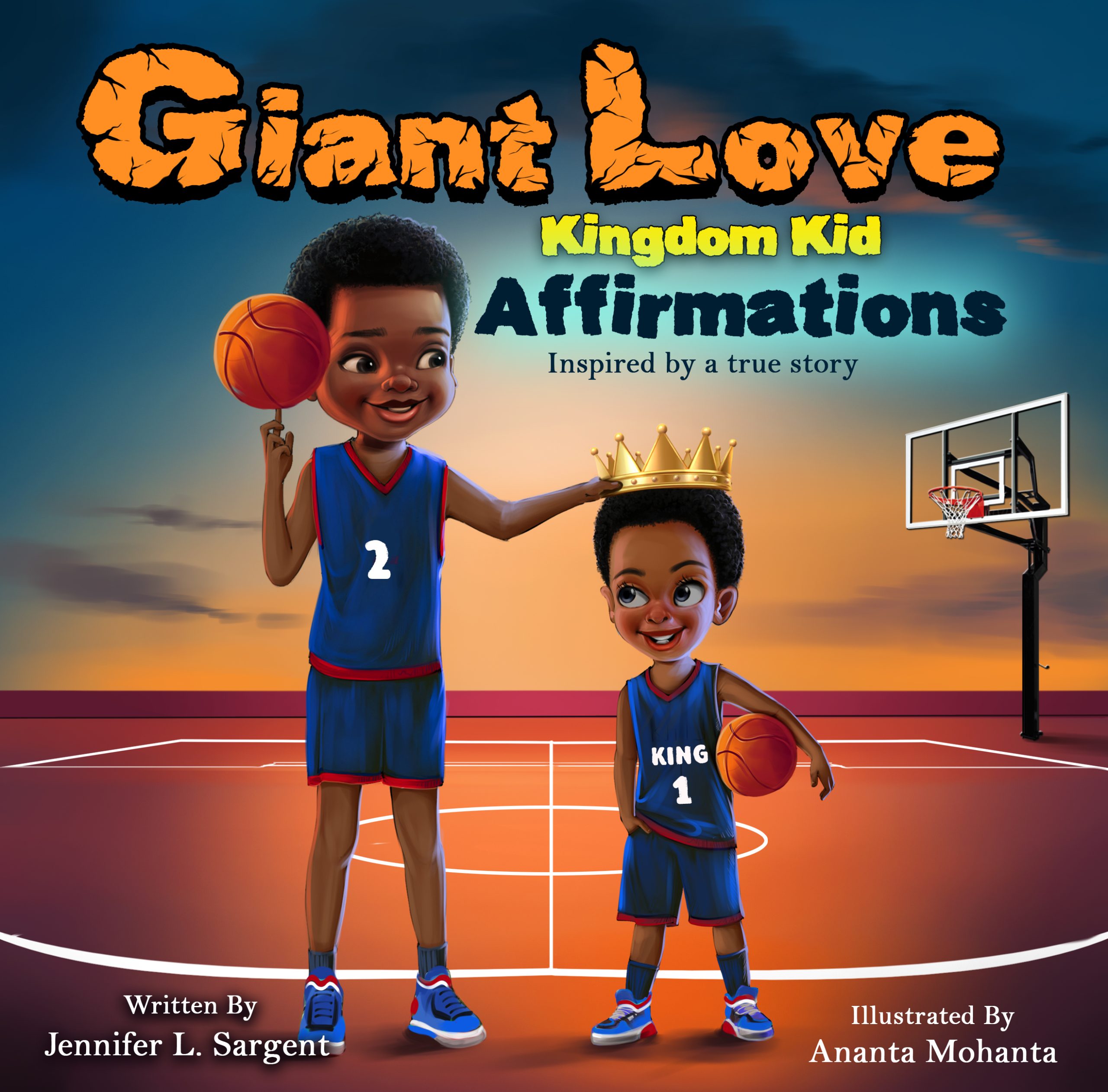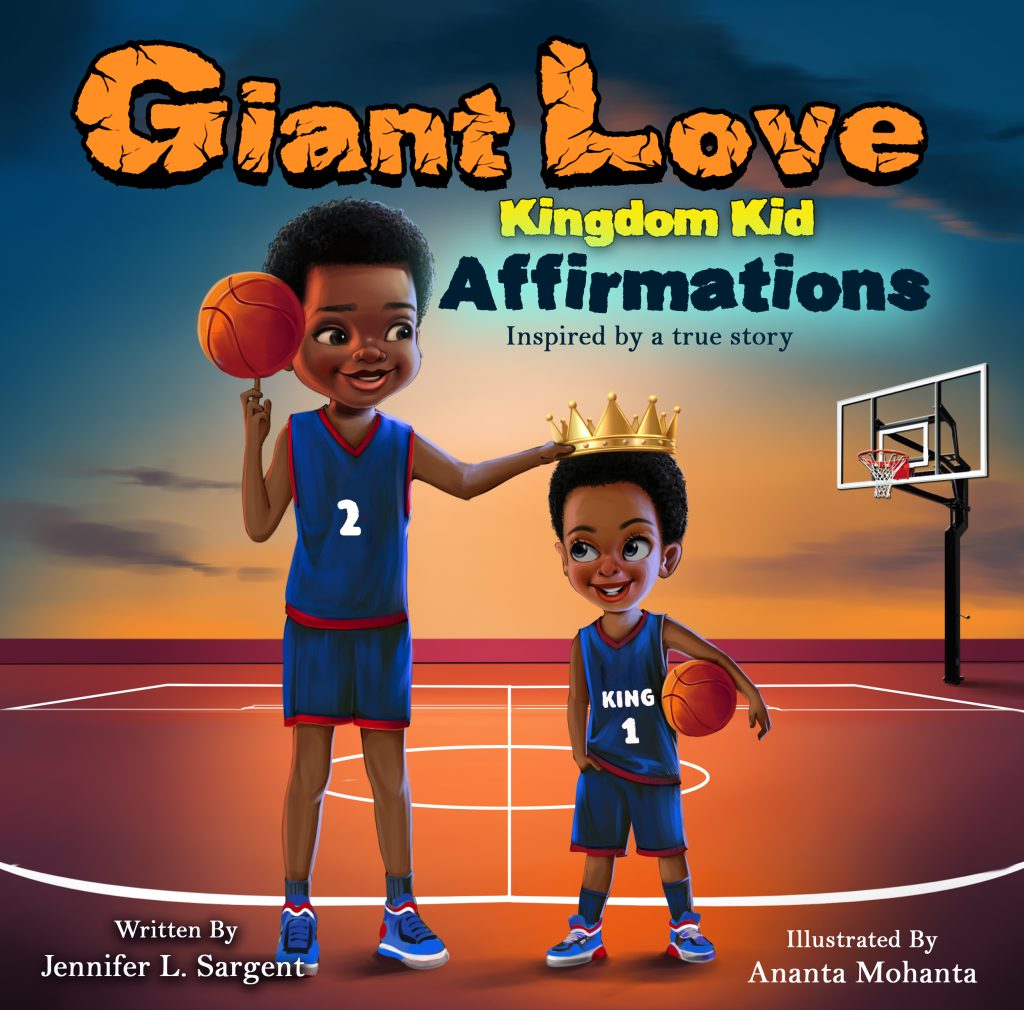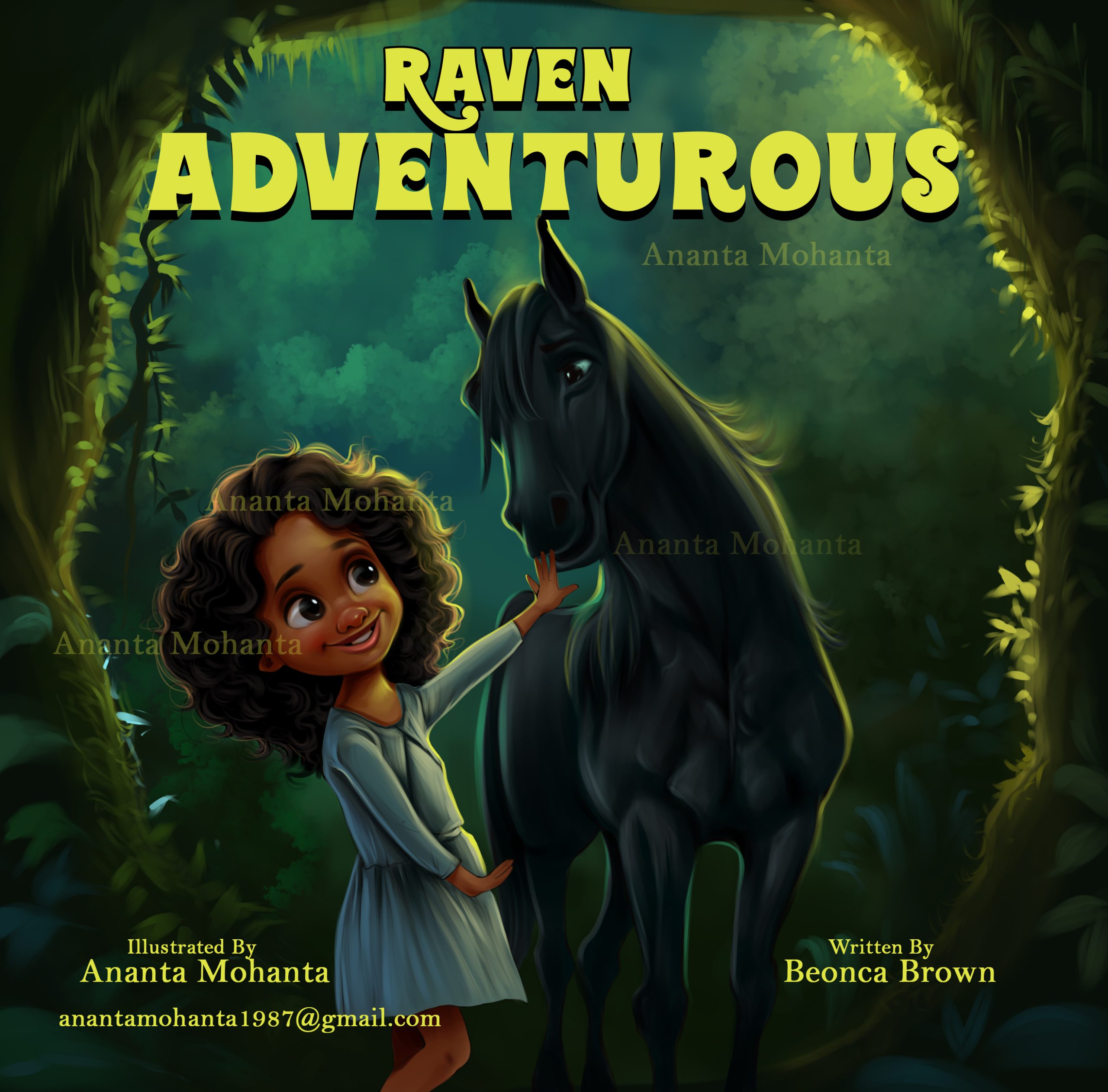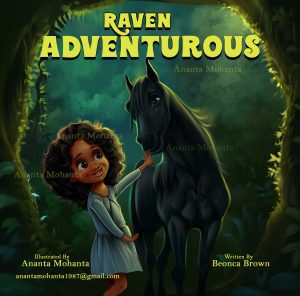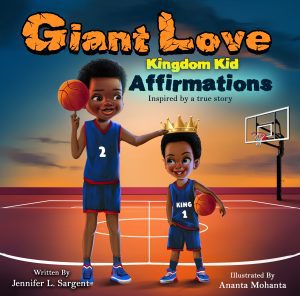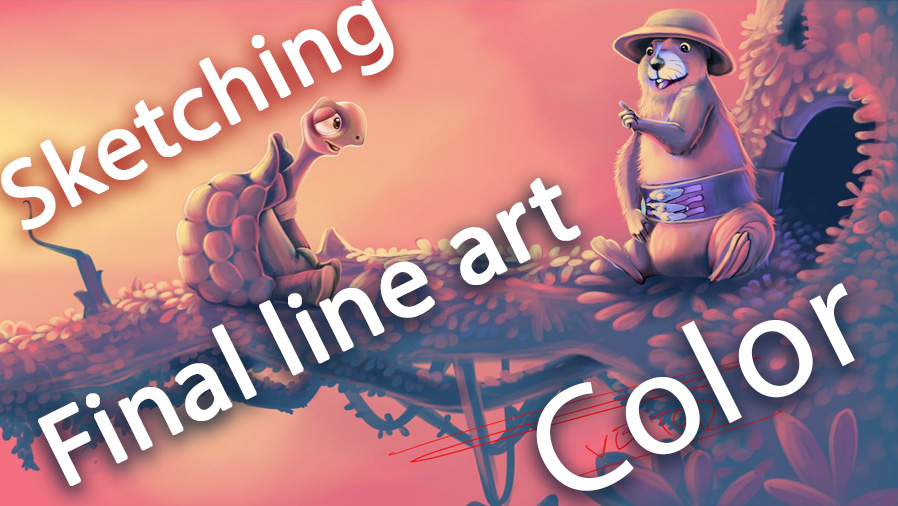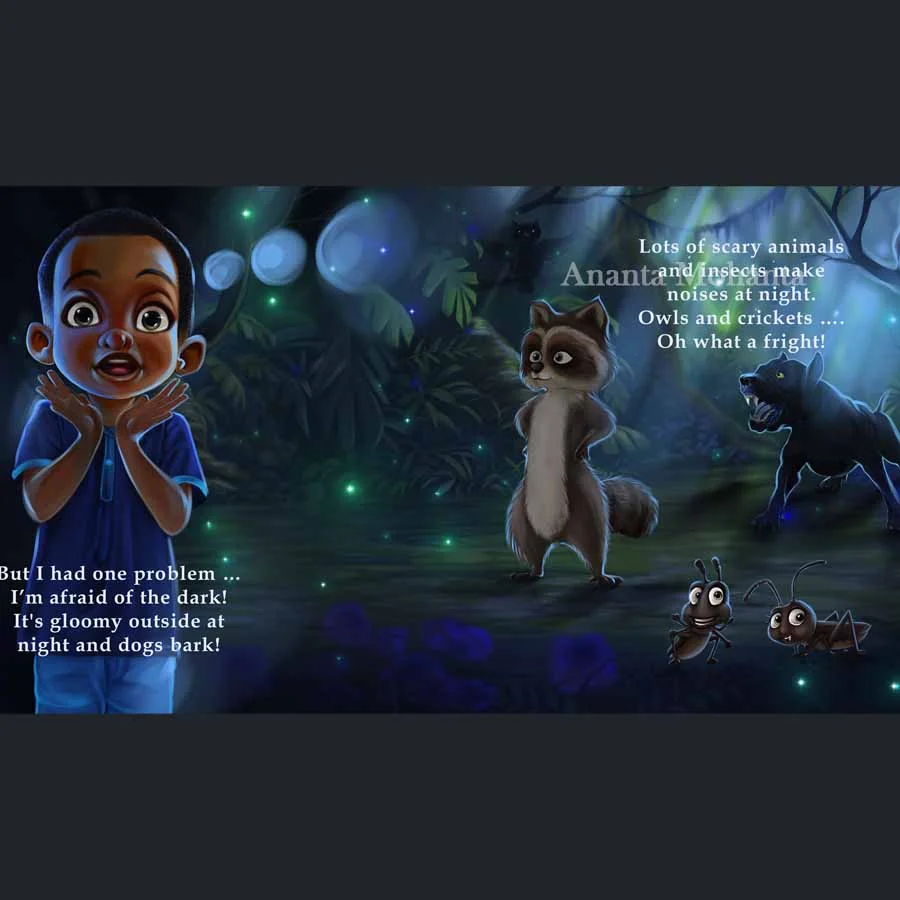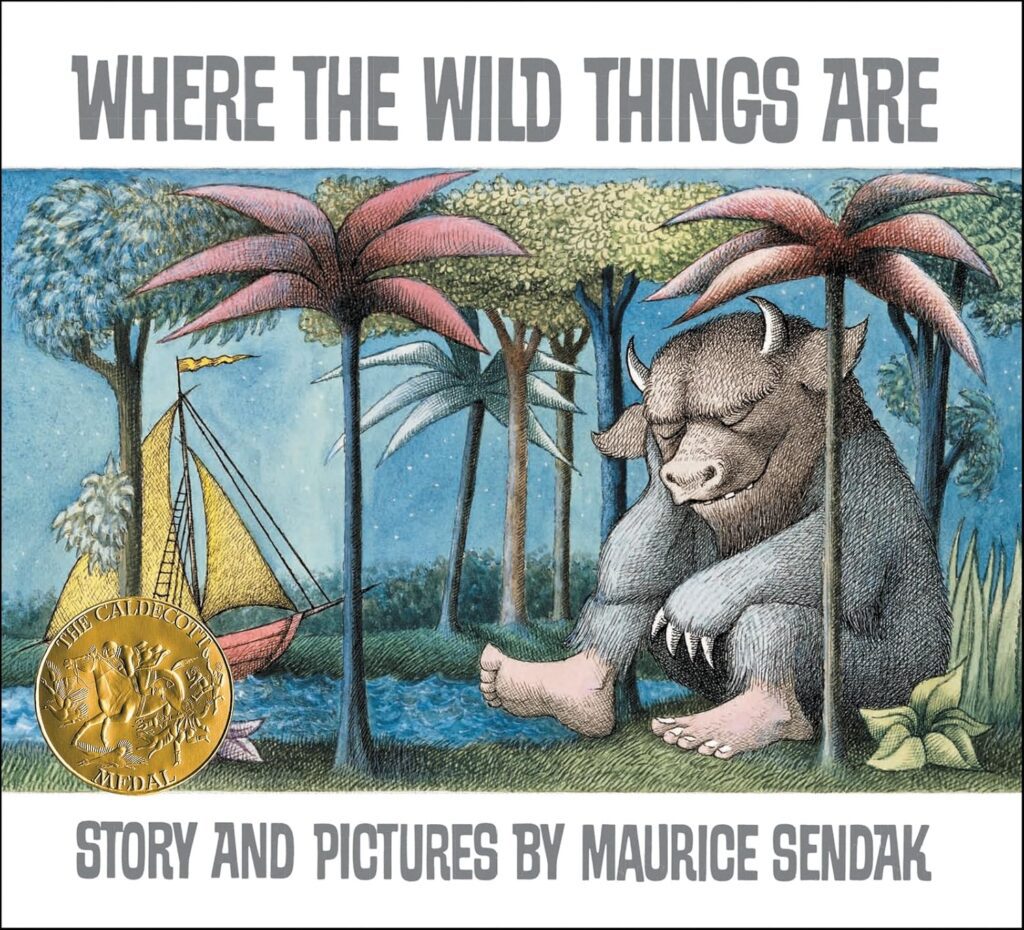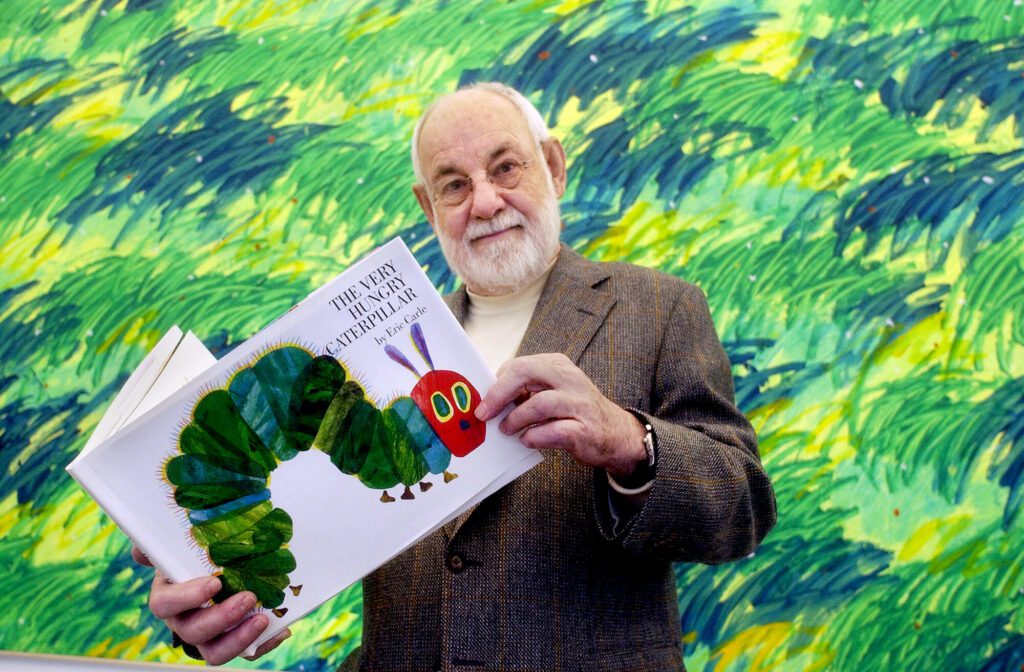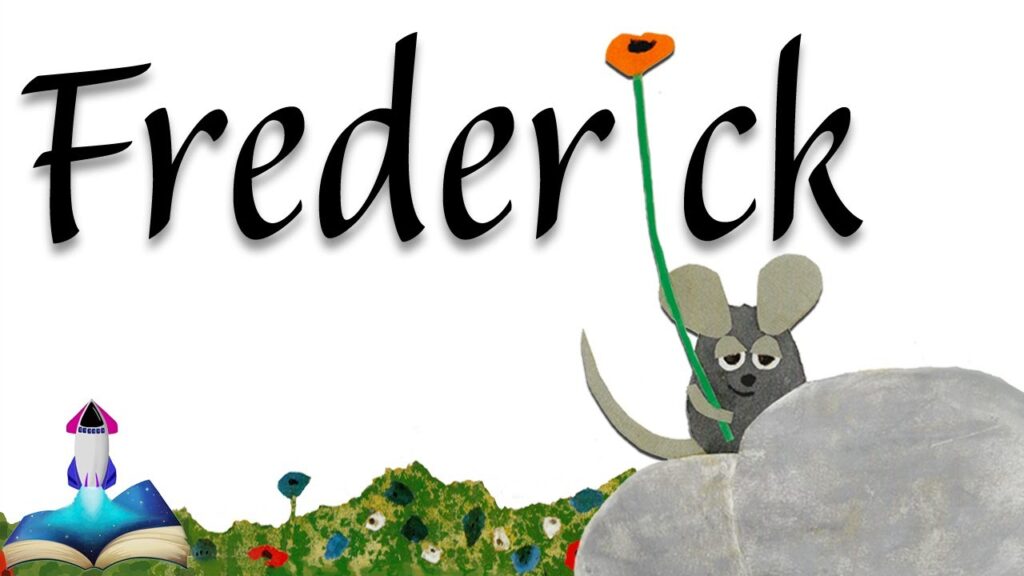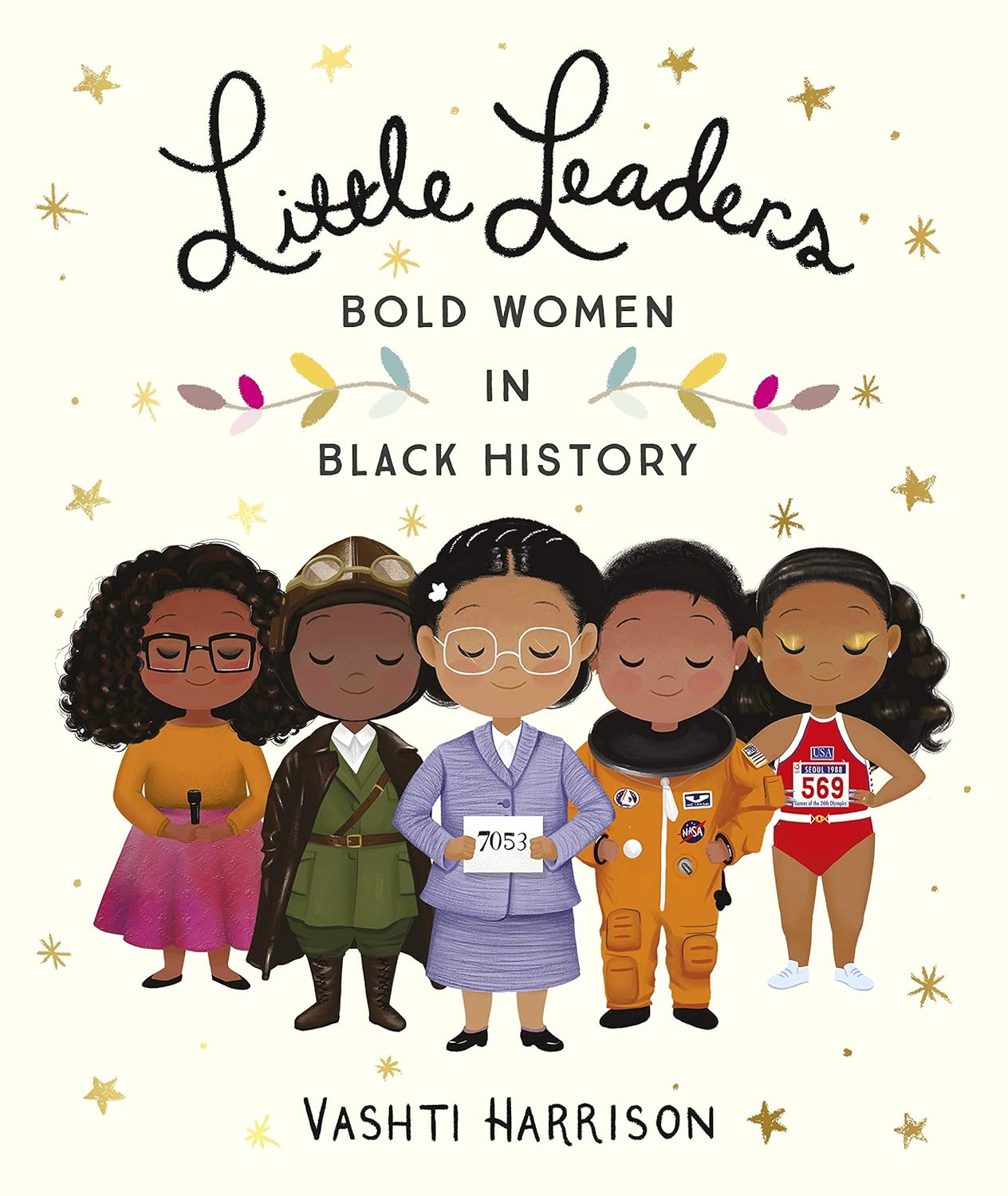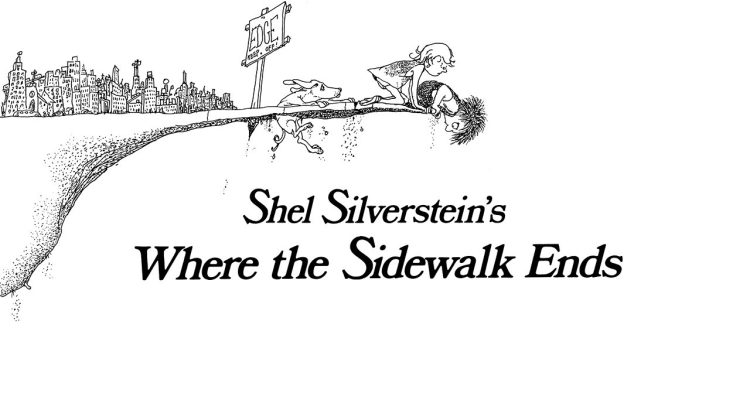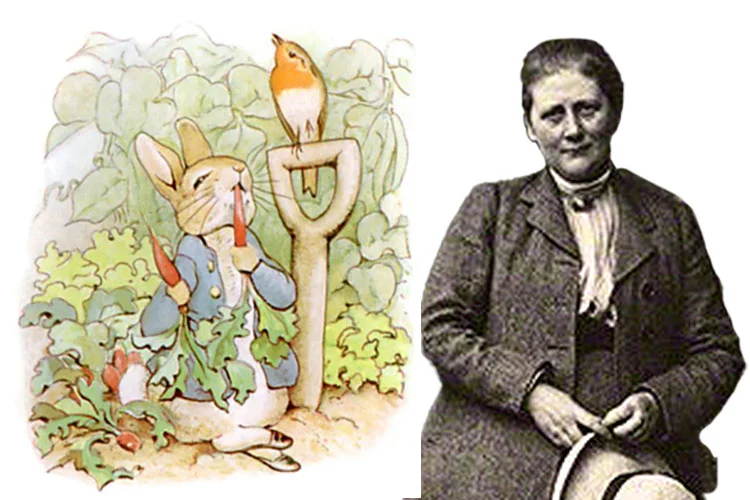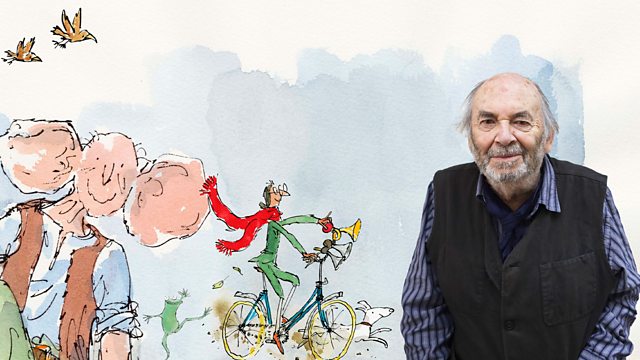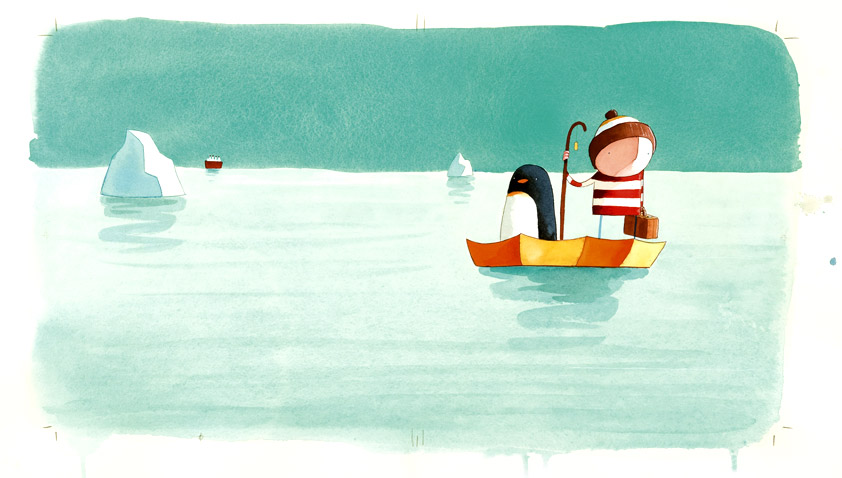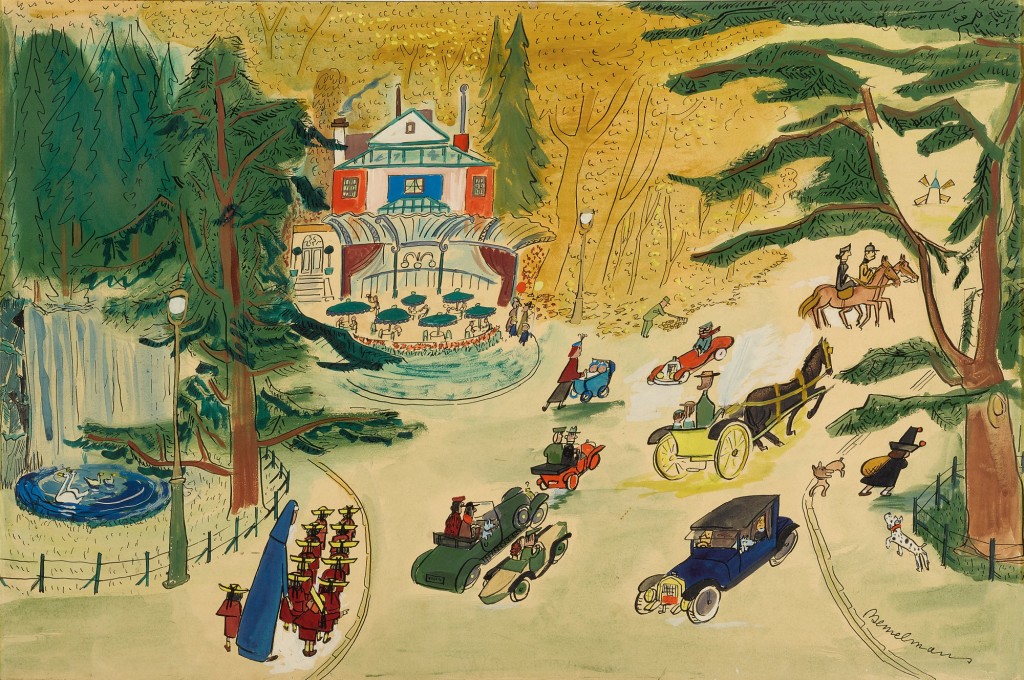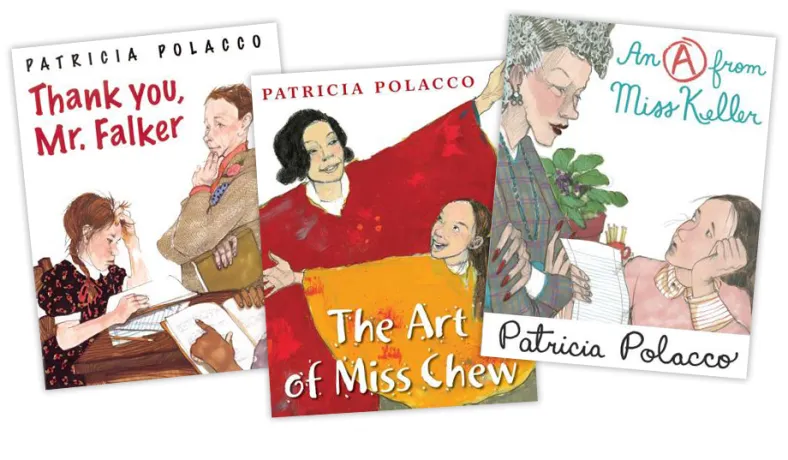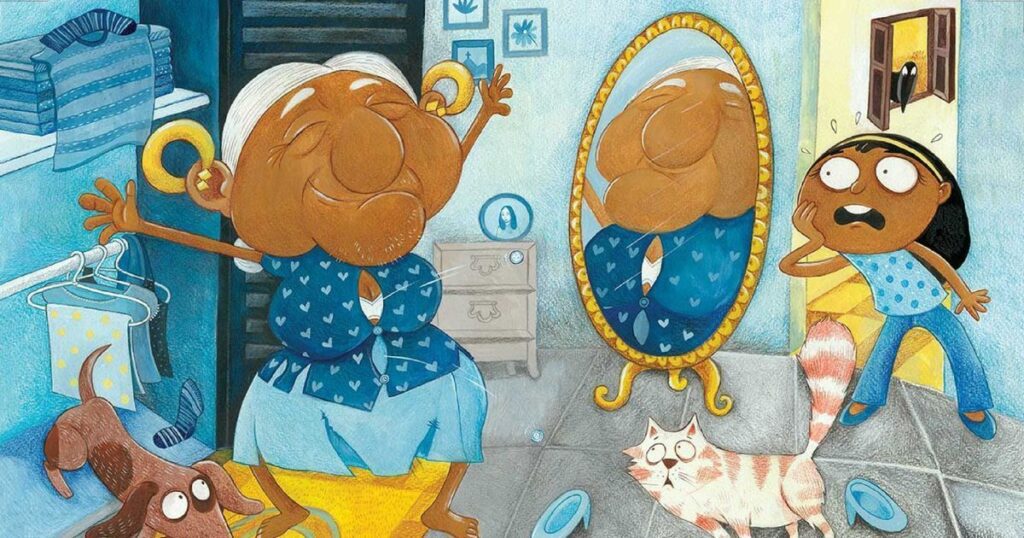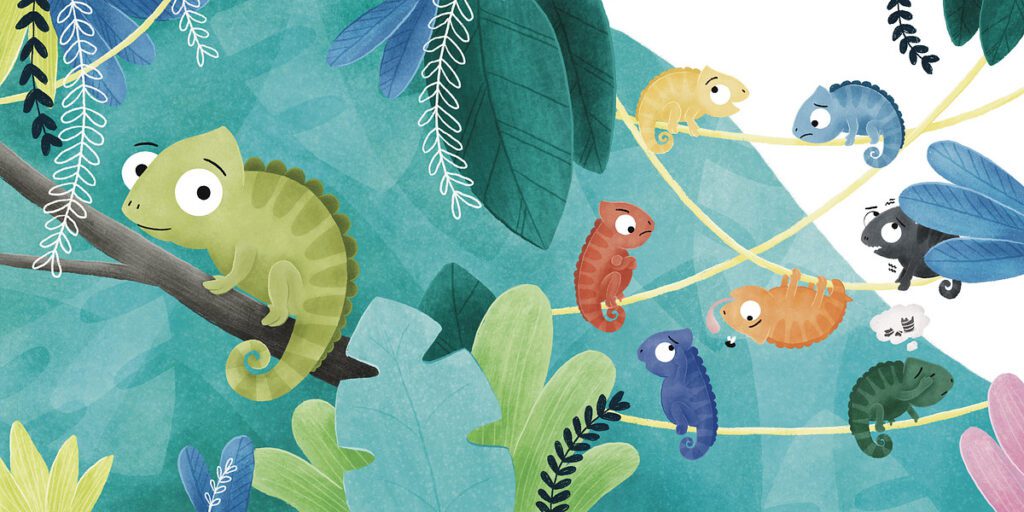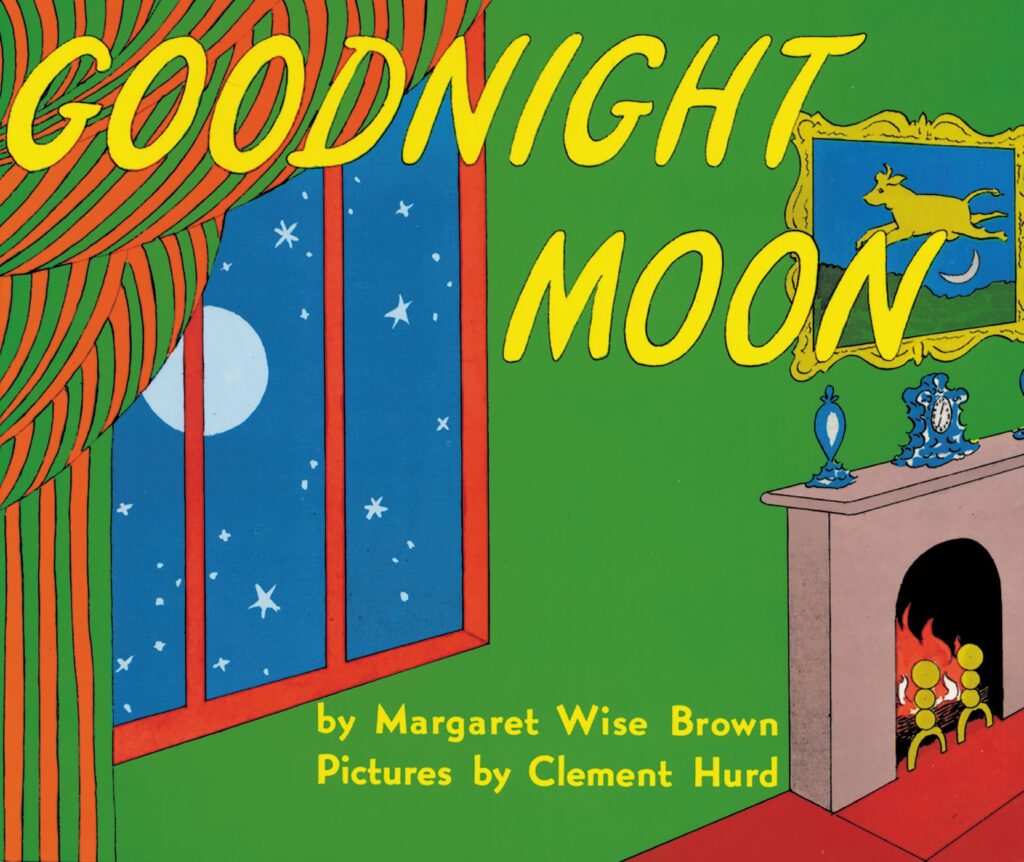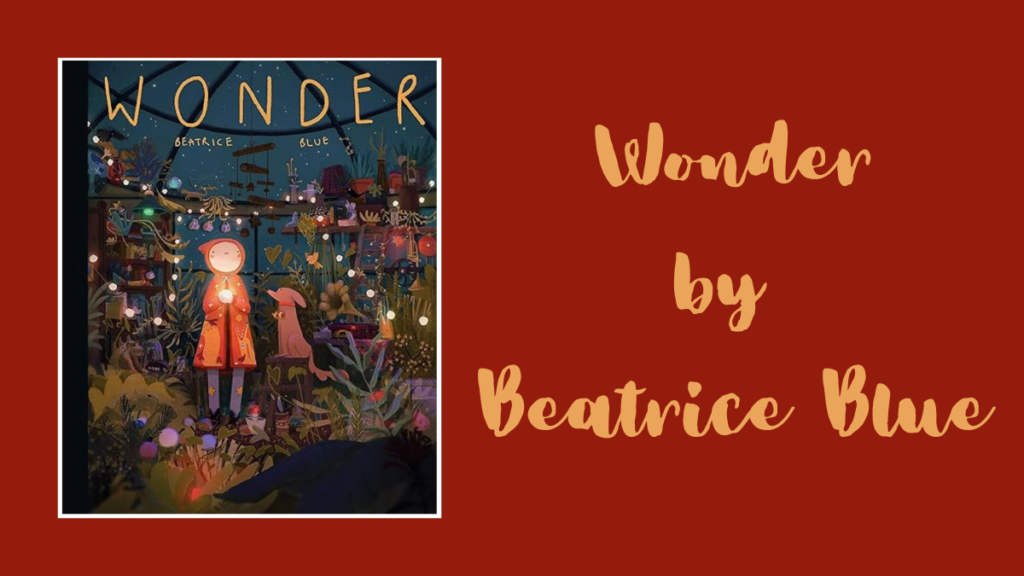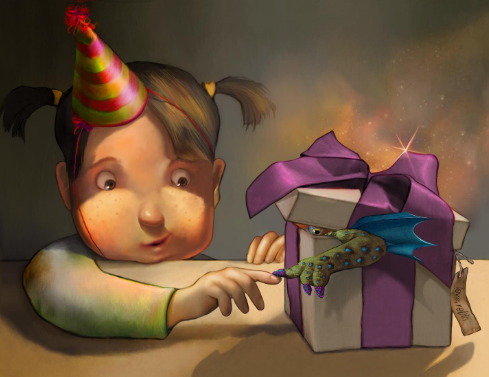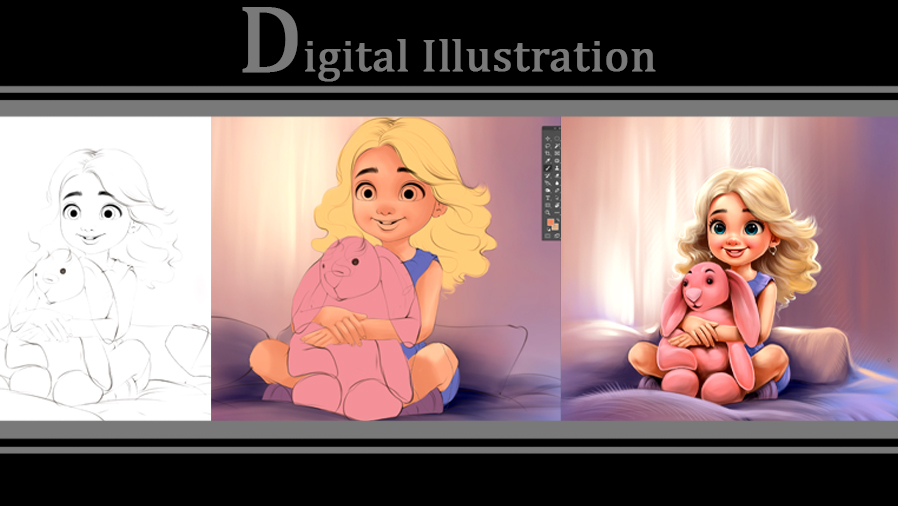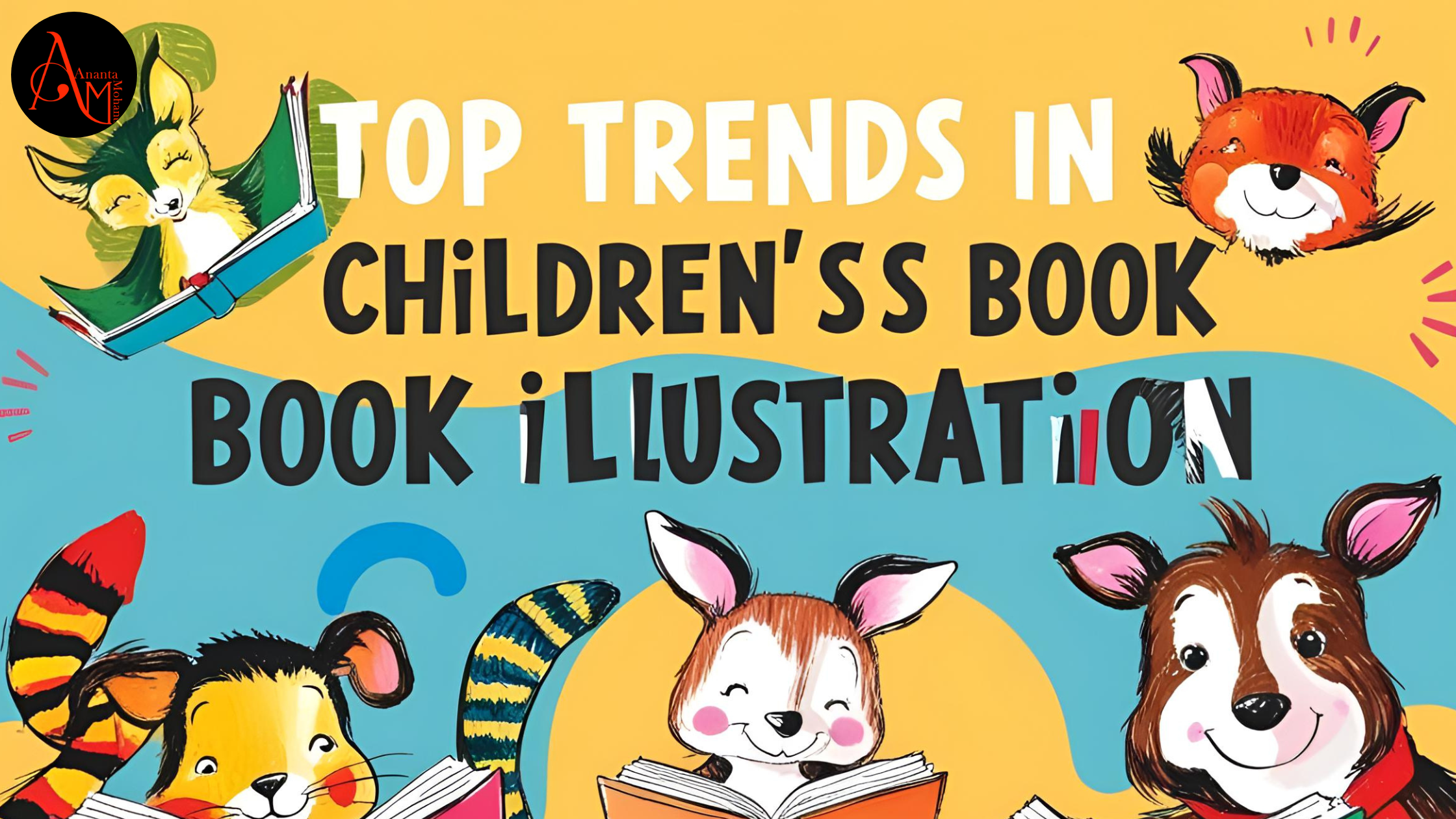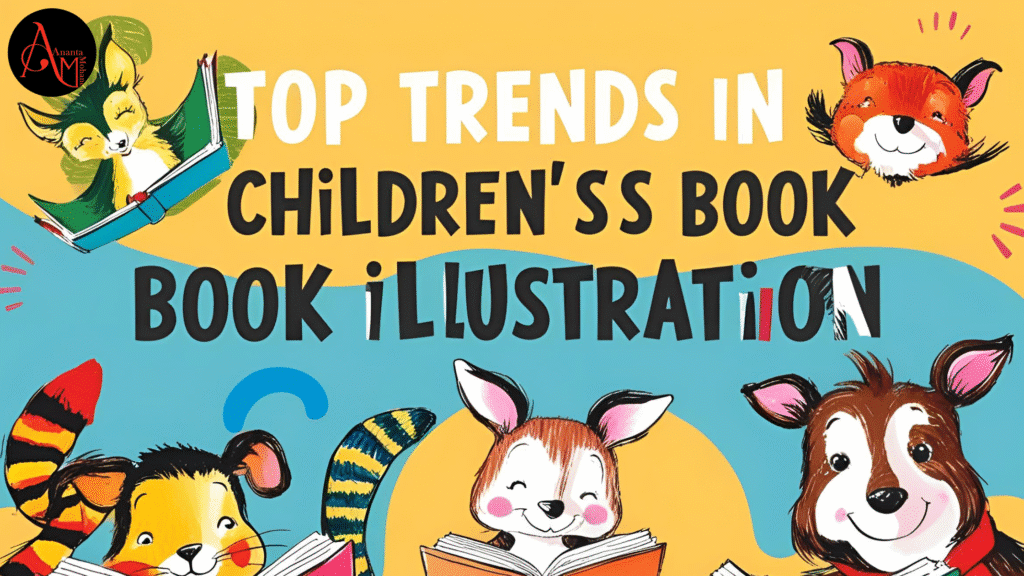Free Demos Transform the children’s book illustrations Process
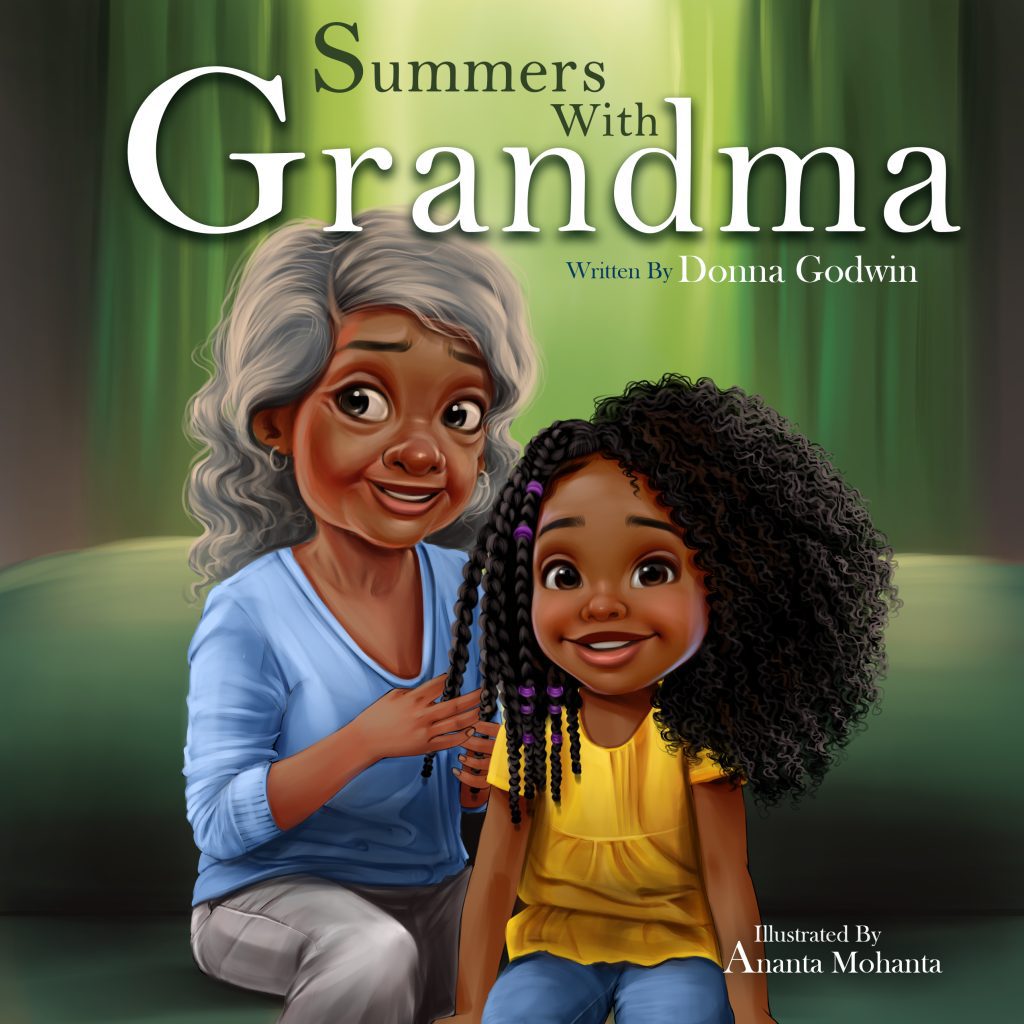
Hi, I’m Ananta Mohanta — a children’s book illustrator with more than 15 years of experience illustrating childrens books for authors near and far. Over the years, I’ve learned one thing for sure: trust is everything when it comes to creating children’s book illustrations that really shine.
I’ve worked with writers from different corners of the world — for the first time with a bedtime story idea scribbled on paper, and experienced authors bringing out their tenth book. No matter who I work with, my promise is the same: I give a free demo before they hire me.
This small step makes a huge difference. Let me share why — and how it helps me stand out as a high quality children’s book artist among so many children’s book illustrators for hire.
Why I Believe in Free Demos
When I first started out as a childrens book illustrator, I noticed one big worry for authors: “What if I pay upfront and don’t get what I expected?” I got it. It’s scary to trust someone you haven’t met.
So, I decided to do things differently. I create a free demo — a rough character sketch — for every new author. They can see my style, my sense of color, and how I bring their story to life through beautiful children’s book illustrations.
If they love it, we move ahead step by step. If not, there’s no hard feelings, no advance lost. This simple habit has helped me build strong, honest connections as a high quality children’s book artist who truly cares.
How My Free Demo Process Works
My free demo is more than just a quick drawing — it’s the start of trust. When an author contacts me looking for children’s book illustrators for hire, here’s what happens:
- I read the manuscript or story outline carefully.
- I ask questions about the characters, the mood, and the age group.
- Then I sketch a rough version of a key character or a small scene.
This first peek shows exactly how I handle children’s book illustrations. It also gives the author a chance to share thoughts. Do they want brighter colors? A funnier hat? Bigger eyes? We tweak things right there.
Why This Approach Makes Me Different
Many illustrators for children’s books request advance payment before showing any work. I don’t. I know my art and honesty will speak for me.
When I started offering free demos, the authors told me they felt safe. Many new writers have never hired a children’s book illustrator before — they want someone who understands that their story is precious.
By showing my style upfront, I prove I’m serious about creating beautiful children’s book illustrations that children will love to look at again and again.
How Free Demos Improve the Final Book
Over the years, I’ve found that free demos significantly enhance the final book. Here’s why:
- No Surprises: Authors see my style from day one.
- Easy Fixes Early: It’s much easier to change a rough sketch than a finished page.
- Stronger Bond: We build trust before money changes hands.
- Better Art: Authors feel free to give honest feedback, and that always leads to better children’s book illustrations.
This is why, for me, free demos have changed the whole way I work as a childrens book illustrator.
What Makes a High Quality Children’s Book Artist
Anyone can learn to draw, but creating warm, fun, beautiful children’s book illustrations is more than talent. A true high quality children’s book artist listens carefully, catches tiny details, and draws with the heart of a storyteller.
When you’re looking for children’s book illustrators for hire, don’t just pick the cheapest or quickest. Someone who cares about your book like you do — that’s what you really need. A good children’s book illustrator won’t just draw and disappear. They’ll share sketches with you, discuss the details, tweak the art if needed, and stay with you until the last page feels right.
A Few Real-World Tips Before You Hire
Thinking about finding a children’s book illustrator or designer for your own book? Here are a few honest tips I’ve picked up after so many years working with writers big and small:
- Ask to see real work. Any high quality children’s book artist will happily show what they’ve done before.
- Have a chat first. It helps so much to talk openly — share what you want and see if they listen.
- Try a simple demo. If they sketch something for free, that’s the best way to check if their style feels right.
- Stay clear of updates. A good childrens book illustrator keeps you in the loop — you’ll never wonder what’s going on.
- Don’t rush your choice. Good children’s book illustrations take time and care, and the right illustrator is worth waiting for.
- Always ask for samples. Any genuine high quality children’s book artist should have past work to show you.
- Talk openly. Explain your story, your audience, and your ideas for style.
- Try a free demo. If they offer one, take it — it’s the best way to see real quality before spending money.
- Check communication. A good children’s book illustrator answers your questions quickly and clearly.
- Never rush. Illustrating childrens books takes time if you want something children will treasure.
How My Process Stays Simple and Safe
My step-by-step method is easy:
- We talk about your story and what you dream of for your children’s book illustrations.
- I share a free demo character or scene.
- If you’re happy, we plan the whole book, page by page.
- I share rough sketches for each spread.
- Once you approve, I will add colors and finishing touches.
No advance fees. No surprise costs. Just honest work and clear steps, the way a high quality children’s book artist should work.
Final Thoughts: Why Free Demos Matter
I truly believe free demos make a big difference in illustrating childrens books. They remove fear. They open an honest talk. They help authors find the right children’s book illustrator or designer without risk.
After 15 years in this work, I still feel excited every time an author writes to me with a new idea. Free demos are my way of saying, “I trust my art. You can trust me, too.”
Ready to See Your Story Come Alive?
If you’re looking for children’s book illustrators for hire, I’d love to hear your story. I’m always happy to share a free demo — no strings attached.
Together, we can bring your words to life in children’s book illustrations that make children smile, laugh, and dream.
Ananta Mohanta
Children’s Book Illustrator
Contact me for free demo here!
Bringing characters to life — one free sketch at a time
To know more: www.anantaart.com
Pinterest: https://in.pinterest.com/illustratorananta/
